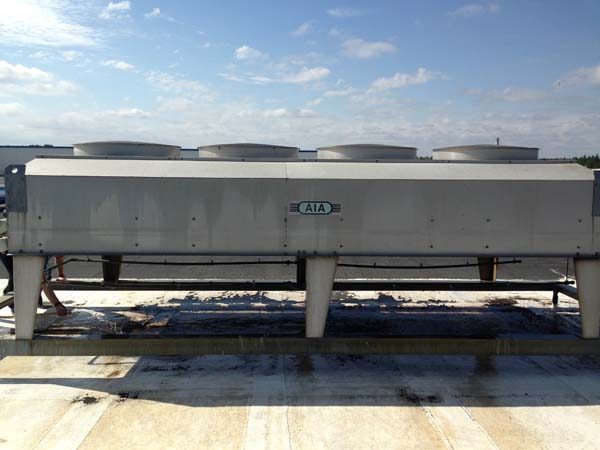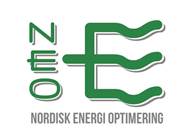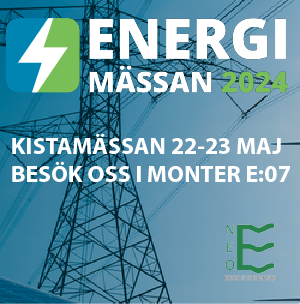Refrigerated condensers
- Home
- /
- Areas of application
- /
- Common problem areas
- /
- Refrigerated condensers

Refrigerated condensers
A cooling condenser is a type of cooling component used in ventilation systems to cool the air passing through the system. This can be useful in situations where it is important to keep the air temperature at a certain level, for example in large buildings or industries where there is a need to regulate the indoor climate.
The refrigeration condenser works by passing cooling air, or coolant, through a series of tubes that are surrounded by the air to be cooled. As the air passes through the pipes, it is cooled by the cooling air or liquid, which results in moisture in the air condensing and forming water. This water is then collected in a container and emptied regularly.
To ensure that the refrigeration condenser works optimally, the system must be well maintained and the coolant must be kept at a constant level. It is also important to check the container regularly to make sure that the water is draining away and that the system is not leaking.
Cooling condensers can be either air-cooled or water-cooled, depending on how they are designed. Air-cooled condensers use air as the cooling medium, while water-cooled condensers use water to cool the coolant. Both types of capacitors have their advantages and disadvantages, and the choice of which type is most suitable depends on the specific needs and requirements of the system.
Cleaning of cooling condensers
Refrigerated condensers are usually located outdoors,. This means that they are exposed to the elements and dirt 24/7 in one way or another. Very many of the units are water-fired to get some kind of cooling effect. These nozzles and sprinklers spray water all the time or on a timer during the spring, summer and late summer for more than 7-8 months. Algae, lime, peas, salt, leaves, feathers, pollen, etc. stick to the fins and cooling pipes as well as to the fan blades and prevent full efficiency or the aluminium is dissolved by the water mixed with chemicals.
The cleaning needs of cooling condensers in ventilation systems depend on a number of factors, including how often the system is used, the type of air passing through the system and exposure to air contaminants. In general, however, it is important to keep the condensers in a ventilation system clean to ensure their optimum performance and to avoid problems that can arise if they are not cleaned regularly.
One of the main reasons it is important to keep condensers clean is that they can become covered in dust and dirt, which can affect their ability to cool the air passing through them. If the condensers are covered in dust, this can result in the system not working as efficiently as it should, and it can also lead to the system being less energy efficient.
Another reason it’s important to keep condensers clean is that they can become clogged with moisture and bacteria that can affect the air quality of a building. This can result in bad odours and can also lead to health problems for those who breathe the air in the building.
It is therefore important to clean the condensers in a ventilation system regularly to ensure that they are working optimally and to avoid problems that may arise if they are not cleaned. There are different methods for cleaning capacitors.
TRADITIONAL CLEANING METHODS CAN DAMAGE AND CREATE ENVIRONMENTAL ISSUES AND INCREASE COSTS
Cleaning condensers in ventilation systems can damage the condensers in different ways, depending on the method used and how it is performed. Here are some examples of how cleaning can damage capacitors:
- Using a compressed air gun at too high a pressure can damage the capacitors by creating cracks or holes in them.
- Using a stiff brush or other mechanical tools to remove dust and dirt can damage the surfaces of the capacitors, causing them to become uneven and less efficient.
- Using sharp objects, such as knives or scalpels, to scrape off dust and dirt can damage the surfaces of the capacitors and cause scratches and other damage.
- Using chemicals, such as degreasers or solvents, in too high concentrations or for too long can damage the surfaces of the capacitors and cause corrosion.
It is therefore important to choose a suitable cleaning method and to carry out the cleaning in a careful and cautious manner to avoid damage to the capacitors
NEO METHODS AND CLEANING OF CAPACITORS
Nordic Energy Optimization uses its proprietary and innovative method, the NEO method, which is a combination of dry ice and special equipment for effective cleaning. The Neo method involves using liquid carbonic acid ice to push dirt, impurities and other substances from the surface of the condensers. This is an effective method for removing even the most stubborn contaminants, such as mould, algae and other dirt.
One of the main advantages of the NEO method is that it is a gentle method that does not damage the surface of the conderator. This is important because capacitors have many tubes and are exposed to a lot of contamination, so using a method that does not damage the surface is important to preserve its life and efficiency.
In addition, the NEO method is a quick and easy method to use. It is also very environmentally friendly as carbon dioxide is a naturally occurring gas and does not release any harmful substances into the air.
In conclusion, the NEO method is the best method to clean cooling towers because it is effective, gentle and environmentally friendly.





